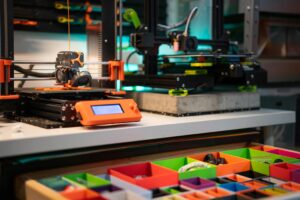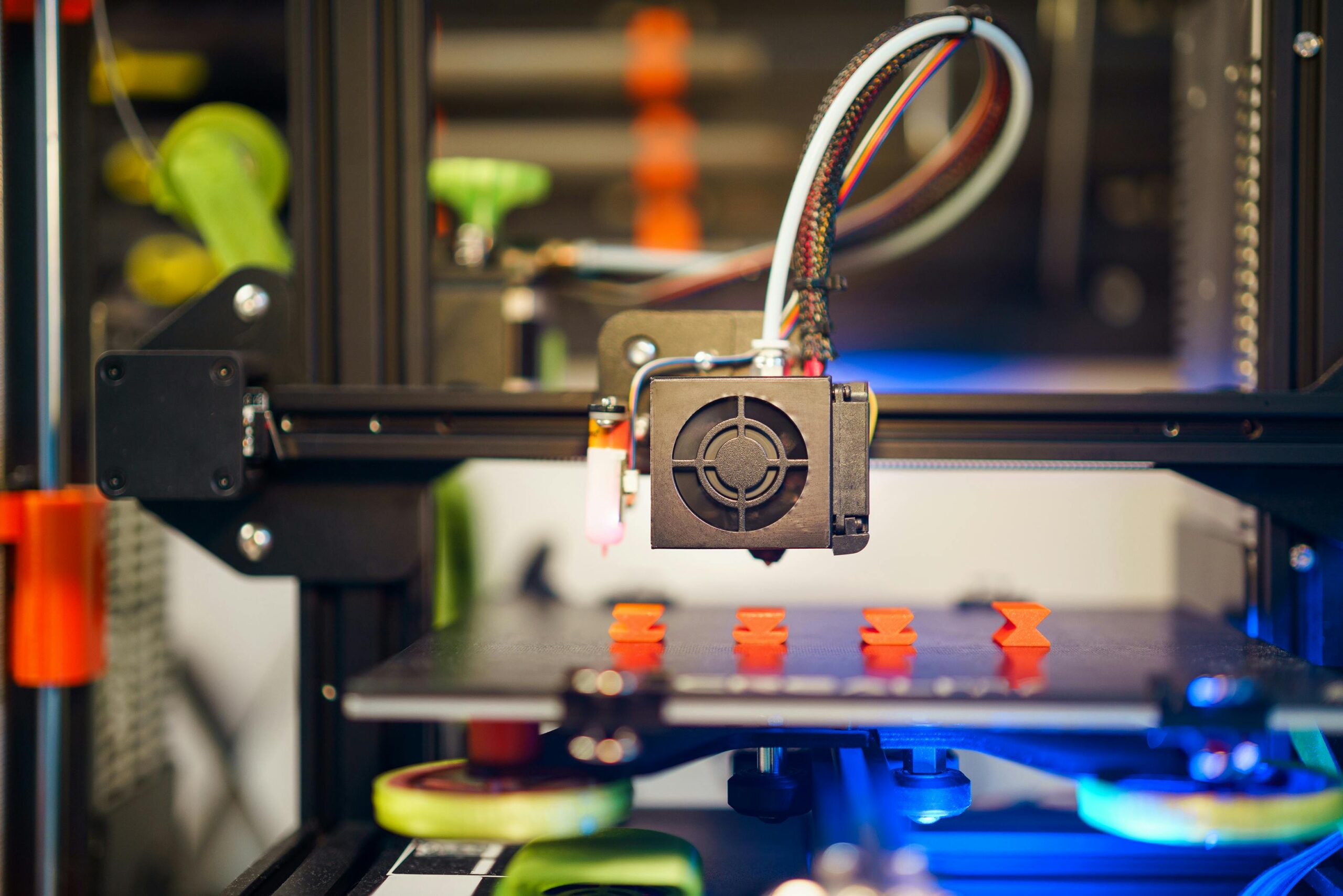Applications in Healthcare
Medical Devices
3D print technology is one of the major healthcare applications and includes the manufacture of custom medical devices and composites. From surging medical instrumentation to implants, the technology of Additive Manufacturing allows for the creation of end products perfect, exactly to the patient’s needs, thus boosting treatment outcomes and reducing risks related to surgery.
Prosthetics and Orthotics
The possibility of 3D printing has brought a significant breakthrough to prosthetics and orthotics as a field, suggesting rapid and economical production of personalized prosthetic limbs and orthotic devices. This tech has revolutionized lives where one has lost the due limb functions or those experiencing musculoskeletal conditions, by enhancing mobility and active making lives better.

Organ and Tissue Printing
The inventive researchers are investigating the applications of 3D bioprinting to generate living tissues and organs for transplantation. Though an experimental stage now, 3D bioprinting may have a future that will solve the donor organ crisis and shape the regen medicine.
Impact on Manufacturing
Prototyping and Rapid Production
In manufacturing, 3D printing has been instrumental in bringing efficiencies in the prototyping process either through advocating for quick iterations or full-scale production based on the feasibility of the design. This faster-than-real-time prototyping cuts down time for market entry and therefore also for the whole innovation process, which is important in various industries.
Customization and Personalization
3D printing allows for mass customization as nearly identical products that are shaped to fit individuals can be created The range of this technology covers customized footwear to the consumer market including the ability of consumers to personalize their products and dictate what they want in terms of requirements.
Advancements in Aerospace and Automotive
Lightweight Components
Aerospace and automotive engineering industries use 3D printing to create parts with lightweight structures and various geometric patterns. The utilization of these lightweight constructions increases efficiency in fuel burning, decreasing emissions, and is beneficial in improving performance in aircraft and vehicles.
Complex Designs and Structures
3D printing gives opportunities to create detailed designs and constructions, which are unimaginable with the use of traditional consumer goods manufacturing techniques. Besides the transforming lattice structure and the topology-optimized constituent, this technology can be used to explore more integrated and modulated designs.
3D Printing in Architecture and Construction

Cost-Efficiency
3D technology in architecture and building includes prototyping, model structures, and ready-built structures which are time and money-saving solutions. By removing the use of formwork and minimizing material losses, this technology can increase the construction costs and shrink the project anticipated.
Architectural Innovation
The creative boundaries and design abilities of architects and designers are now pushed by 3D printing. They are looking for new designs which were considered impossible or impractical by many. Through transhuman travel pavilions as well as eco-friendly housing projects two-dimensional technology is reimagining the world of the physical environment leading to architectural innovation all around.
Education and Research
Hands-on Learning
One of the greatest advantages of 3D printing in education is its ability to integrate into various subjects and improve design, engineering, and manufacturing processes. When students learn to design and operate 3D printers, they experiment, explore, and work together in various ways such as needlework, arithmetic, and geography.
Experimental Prototyping
3D printing works well as a tool of quick prototyping and the exploration process and helps researchers and engineers across different bodies of science. Researchers get along with speedup of the design testing, hypotheses exploration, and other innovative issues, due to more flexibility and effectiveness of the new methods, in contrast to the traditional ones.
Environmental Sustainability
Reduced Material Waste
Even though the amount of material 3D printing uses to make an object is only the amount taken to manufacture it, it has much lesser material waste as compared to the traditional manufacturing processes Apart from that this will also help in maintaining the environment of our planet by saving the resources and reducing the quantity of the waste that is deposited in landfills.
Energy Efficiency
3D printing is as green and energy-efficient as compared to the conventional methods. The small-batch production and localized manufacturing are the advantages over it. Through the elimination of energy-consuming and carbon-emitting operations of large factories and the transportation chain of the finished products, 3D printing effectively shrinks energy use and reduces its carbon footprint.
Challenges and Limitations
Despite all its benefits, 3D printing still has its disadvantages and limitations and solutions must be found for the widespread adoption of this technology. Economy determining factors, quality control challenges, as well as regulatory hurdles are some of the major issues that need to be addressed in order to attain their full potential.
Future Outlook
To conclude, the prospect for 3D printing is limitless with the chance pushing us towards the future. New technologies like 3D bioprinting, nanoscale 3D printing, and CLIP can reform across several industries including, health, electronics, and many others. With the progressive evolution and maturation of 3D printing, its integration with the likes of artificial intelligence and robotics will enhance innovation even more and transform the manner others perceive the world today.
Conclusion
2. What substances can 3D printing utilize?
3. Can 3D printing be this accurate and precise?
4. When would 3D printing have a challenge?




